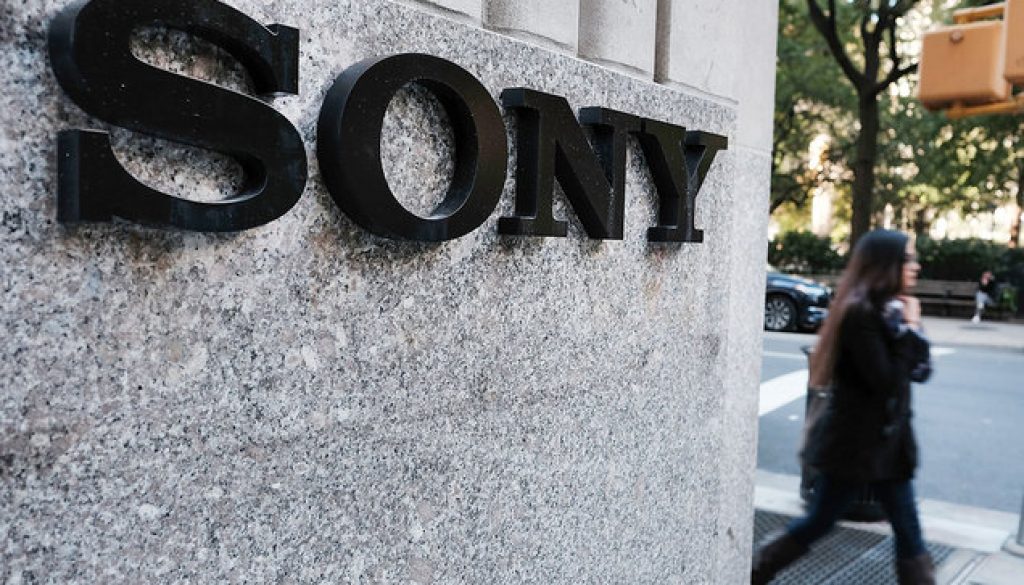Digital Accounted for More Than Half of Sony Music’s 2016 Recorded Music Revenues
The label’s best-sellers included Beyoncé’s Lemonade, Sia’s This is Acting and various hits from The Chainsmokers.
Sony Corp.’s music operations reported $677 million (75.8 billion yen) on sales of $5.8 billion (647.7 billion yen) for the year ended March 31. That represents a 7.6% decline from the $773 million (86.5 billion yen) in operating income from the prior year when Sony’s music operations had total sales of $5.5 billion (619.2 billion yen).
Best-selling music titles included Beyoncé’s Lemonade, various hit tracks from The Chainsmokers and Sia’s This is Acting. The company said that the 4.6 percent sales increase (11 percent on a constant currency basis) was driven by the performance of “Fate/Grand Order,” a game application for mobile devices in Japan, and by higher recorded-music sales.
Meanwhile, the lower operating income for 2017 is due to a one-time gain of $151 million (18.1 billion yen) in the prior year, due to a re-valuation of distribution company The Orchard, acquired in 2016, that translated into a higher valuation that boosted operating income. Without that one-time gain, Sony’s music operation income would have produced an 8.8 percent gain.
In fact, in the fourth quarter, when the one-time gain recorded earlier in 2016 was no longer a factor, Sony’s music operations produced a 15.8 percent gain in operating income to $138 million (15.425 billion yen) on a revenue gain of 5.4 percent to $1.58 billion (177.04 billion yen).
That compares with operating income of $120 million (13.3 billion yen) on revenues of $1.43 billion (167.9 billion yen) in fiscal year 2016.
But music sales dropped 6.5 percent during the quarter from the same period of the prior fiscal year, due to lower new release revenue during the period. On a constant currency basis, recorded-music sales were down 5.1 percent.
Looking at the company’s overall performance for the year, its recorded-music and music-publishing operations were in fact down from last year, while only its visual media and platform segment grew.
Sony’s music operation incorporates results from Sony Music Entertainment, Sony/ATV Music Publishing, Sony Music Japan and a portion of net income from its 39.8 percent stake in EMI Music Publishing. It also includes something called visual media and platform, which is mainly revenue that Sony Music Japan gets from its investments and music uses in other forms of entertainment outside the music business, like mobile games, although some Sony Music Entertainment activities are also recorded there.
Focusing on its recorded-music operation, which combines the performance of Sony Music Entertainment and Sony Music Japan, revenue fell 5.8 percent to $3.47 billion (388.95 billion yen) from $3.65 billion (412.72 billion yen) in the prior year. On a constant currency basis, the recorded music operation was up 4.4 percent for the year.
Meanwhile, music publishing, which includes Sony/ATV, Sony Music Japan’s publishing and, for operating profit, a portion of EMI Music Publishing results, for the year, declined 6.6 percent to $594 million (66.54 billion yen) from $631 million (71.3 billion yen). But on a constant currency basis, music publishing was up 3.5 percent.
Most of the growth within music came from the visual media and platform segment, which saw revenue go to $1.57 billion (175.3 billion yen) from $1.04 billion (118.6 billion yen), a 47.8 percent increase.
For its recorded-music operation for the year, physical sales accounted for 33.7 percent, or $1.21 billion (130.9 billion yen); streaming for 36.2 percent of revenue, or $1.3 billion (140.61 billion yen); downloads $548.1 million (59.9 billion yen); and other, 14.9 percent of revenue, or $534.5 million. Overall digital now accounts for 51.5 percent of revenue.
That compares with last year when physical was 37.8 percent of revenue, streaming 26.7 percent of revenue, downloads 20.9 percent of revenue and other 14.6 percent of revenue, with overall digital standing at 47.6 percent.



